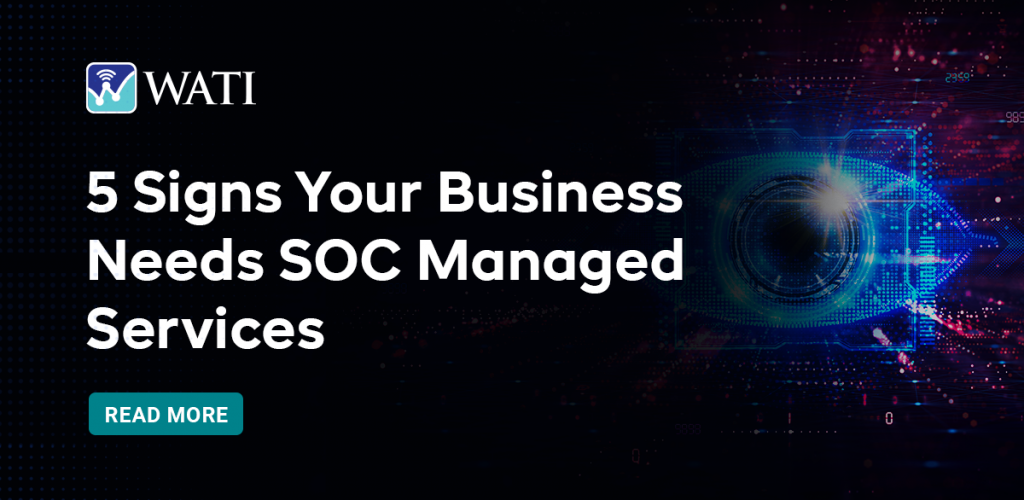Reinventing Enterprise Security in the Era of Cloud and Remote Work
Overview
As organizations rapidly adopt cloud services and support remote workforces, traditional security perimeters are no longer effective. The convergence of Secure Access Service Edge (SASE) and Zero Trust Architecture (ZTA) offers a robust, agile, and scalable solution for modern security challenges. In this blog post, we will discuss the key components of SASE and Zero Trust, their synergy, and how this powerful combination is reshaping enterprise security.
Understanding SASE
SASE is a cloud-based security framework that combines network security and cloud security functions into a single, unified service.
The main components of SASE include:
- Cloud-based firewalls: Protect your network from cyber threats with advanced, cloud-delivered firewall services.\
- Secure web gateways: Filter and secure internet traffic, preventing users from accessing malicious websites and content.
- Zero trust network access: Enforce granular access control policies applications and resources based on user identity and context.
- Cloud Access Security Brokers (CASB): Provide visibility and control over the use of cloud applications, ensuring data security and compliance.
- Software-defined wide-area networking (SD-WAN): Optimize network performance and reduce latency by intelligently routing traffic through the most efficient paths.
The Principles of Zero Trust Architecture
Zero Trust Architecture is a security model based on the principle of “never trust, always verify.” It requires strict identity verification and access controls for their location. Key components of ZTA include:
- Identity and access management (IAM): Manage user identities, credentials, and access rights to resources.
- Multi-factor authentication (MFA): Strengthen user authentication by requiring verification.
- Microsegmentation: Divide the network into smaller, isolated segments to limit the spread of threats and minimize the attack surface.
- Least privilege access: Grant users the minimum level of their tasks, reducing the potential for unauthorized access.
- Continuous monitoring: Continuously monitor and analyze user behavior, network traffic, and device health to detect and respond to threats in real-time.
The Synergy of SASE and Zero Trust
When combined, SASE and Zero Trust create a holistic security framework that enhances enterprise security in several ways:
- Unified Approach: The integration of SASE and ZTA ensures a comprehensive security posture that protects against threats targeting networks, applications, and data.
- Enhanced Security: The cloud-based security functions of SASE complement the stringent access controls of Zero Trust, providing a more secure environment for users and devices.
- Simplified Management: By converging security functions into a single platform, IT teams can streamline their security management processes, reducing complexity and improving efficiency.
Embracing the Future of Cybersecurity
To adopt SASE and Zero Trust, organizations should consider the following steps:
- Assess current infrastructure and identify areas that can benefit from SASE and ZTA integration.
- Develop a phased implementation roadmap, prioritizing key components of SASE and ZTA.
- Choose a reliable vendor offering a comprehensive, cloud-native SASE platform that supports Zero Trust principles.
Conclusion:
SASE and Zero Trust Architecture represent the future of enterprise security in a cloud-first, remote work era. By embracing these paradigms, organizations can protect their networks, applications, and data while simplifying management and reducing costs. Stay ahead of evolving cyber threats by considering the powerful combination of SASE and Zero Trust for your organization’s security strategy.



